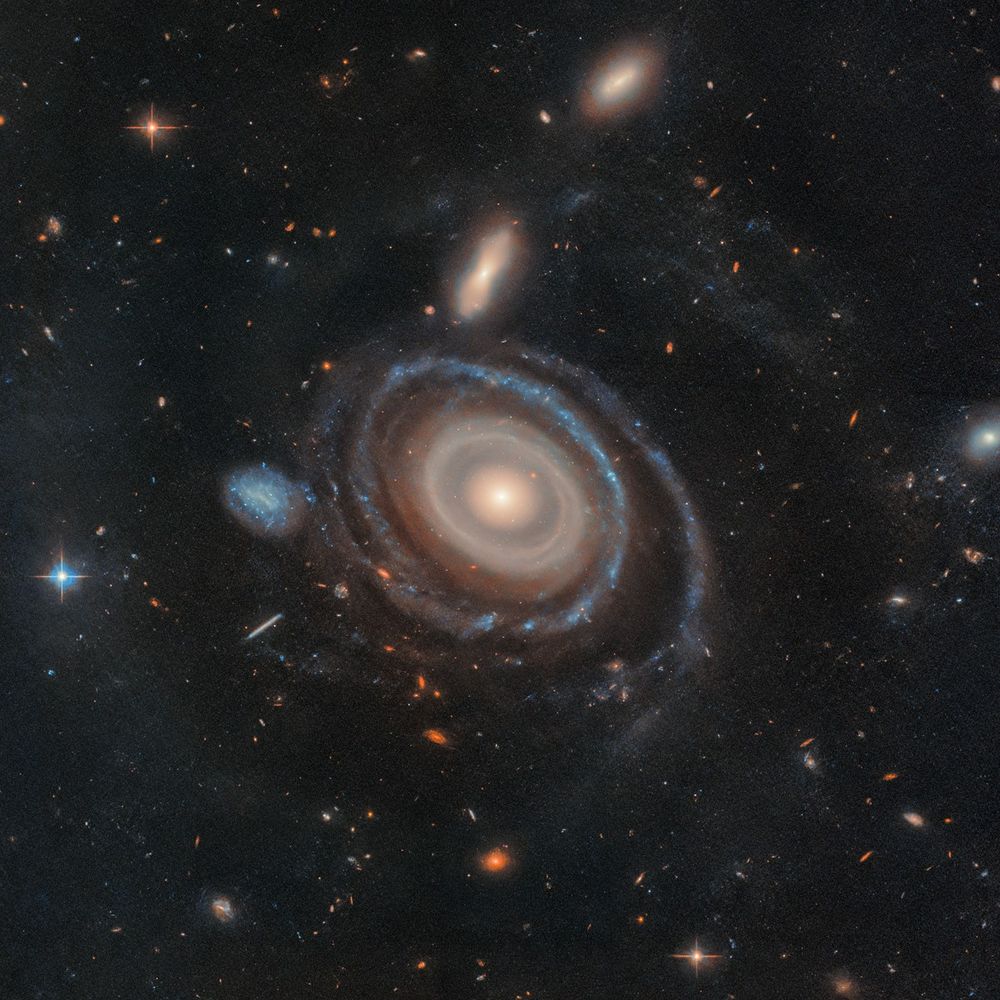

Open to 2nd/3rd year undergrads of any nationality — due February 15th 🪐🧪🚀 astronomy.yale.edu/undergraduat...
Open to 2nd/3rd year undergrads of any nationality — due February 15th 🪐🧪🚀 astronomy.yale.edu/undergraduat...
🔭
aas.org/jobregister/...
🔭
yalegalaxylunch.github.io/about/
yalegalaxylunch.github.io/about/






